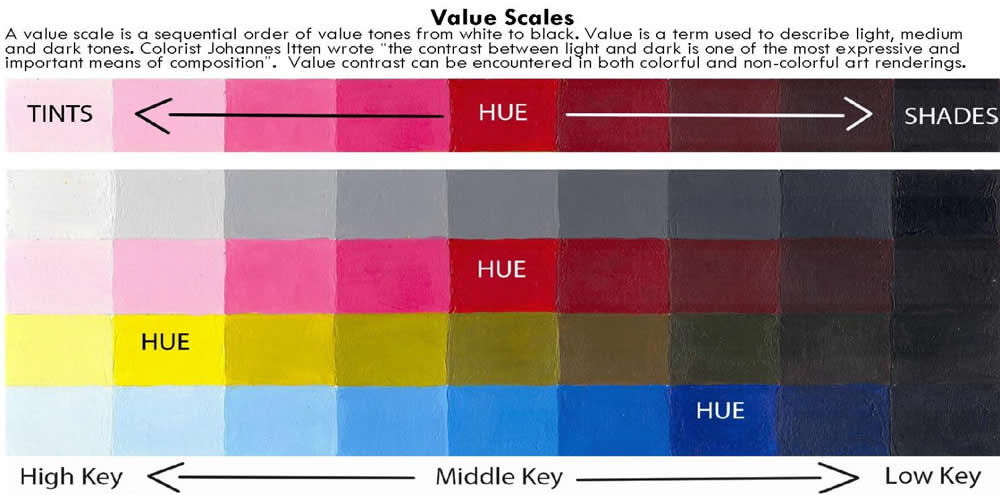

Consequently you will find yourself developing your sense of the keyboard by touch and distance more, rather than just relying on a visual awareness of where the keys are. This is because it is much harder to closely watch both hands at the same time when they are moving away from each other. This is very good for developing spacial awareness of the keyboard. A chromatic scale (or any scale) can also be played in contrary motion - this is where both hands start on the same key or very close to the same key and travel outwards away from each other, then back in towards each other. This is known as similar motion in a scale. In the demonstration above, both hands travel in the same direction playing the same notes an octave apart in unison. I have demonstrated two octaves hands together, starting and finishing on D, but you can start a chromatic scale on any note. When playing two adjacent white keys in the left hand use 2, 1 ascending and 1, 2 descending. When playing two adjacent white keys in the right hand use 1, 2 whilst ascending and 2, 1 descending. There are a few possible fingering systems that can be used in a chromatic scale, but the most common is as follows: Always use your thumb for a white key and your third finger for a black key, except when you are playing two adjacent white keys. They help develop control, dexterity and agility of the fingers. When playing a chromatic scale on the piano, you will play every black and white key in between the starting and finishing notes.Ĭhromatic scales are an important contribution to your development of technique. On the piano, a semitone is the distance between two immediately adjacent keys. A semitone is the smallest step you can go from one note to the next. They will have the foundational knowledge necessary to pursue most intermediate guitar courses.In a chromatic scale every note is a semitone apart, unlike other scales such as majors and minors where there is a mixture of whole tones and semitones. Students will also learn to develop correct technique and apply theory concepts to their playing. Electric guitar players will learn the operation of their instrument along with basic options for amplification, effect pedals, and sounds. It then explores the basics of music theory with such topics as scales, triads, power chords, and fingering and shapes.Īt the end of this course, students will understand the structure, parts, and accessories of the instrument, in addition to an understanding of its basic maintenance.

The course begins simply with the parts of the guitar, the names of the strings, tuning, and technique-whether finger-style or pick. When first learning guitar, it is important to have the material presented in stages, in an enjoyable way that allows you to grasp the basics of the instrument and music. You'll learn an easy approach to get you playing quickly, through a combination of exploring the instrument, performance technique, and basic music theory.įor students who have long thought about picking up the acoustic or electric guitar, this course will provide an easy-access foundation that will get you playing. Grasp the essentials needed to begin playing acoustic or electric guitar.


 0 kommentar(er)
0 kommentar(er)
